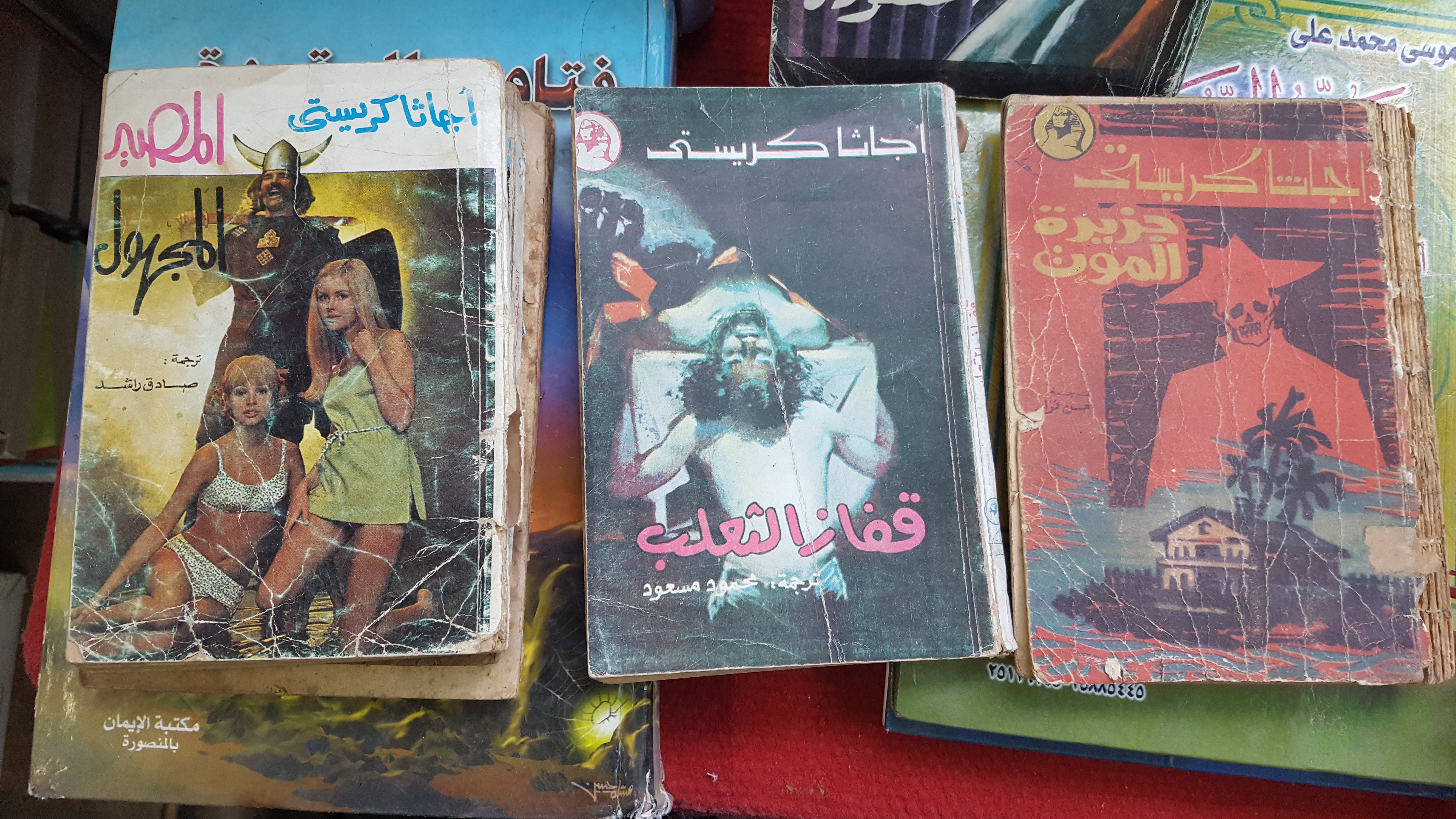Ways of Seeking: The Arabic Novel and the Poetics of Investigation, by Emily Drumsta
In many ways, the research that goes into a book project is a lot like detective work. The author identifies a problem or mystery, gathers clues related to that mystery, and pieces those clues together into a narrative or story that exposes a once-hidden history. For those of us who write about the Arab world—especially those of us concerned with literature and popular culture—these hidden histories abound, tucked into little-studied archives, magazines, private collections, and books piled on dusty shelves. My own book project, Ways of Seeking: The Arabic Novel and the Poetics of Investigation, benefitted greatly from the resources at ARCE and the funding made available by the National Endowment for the Humanities (NEH). Through the fellowship, I was able not only to live and work in Cairo, but also to explore its many official and unofficial archives, looking for the hidden history of Arabic detective fiction’s influence on the “high” or “literary” Arabic novel. By scouring pamphlets and paperbacks in the National Archives, used book markets, and magazines held at various libraries, I was able to reexamine the use of murder, mystery, and melodrama by such famed authors as Naguib Mahfouz, Yusuf Idris, and Fathi Ghanim, exposing their use of genre fiction’s tools and tricks to shape the contours of what would become “the Arabic novel.” The book is currently under contract with the University of California Press; none of this research or writing would have been possible without the generous support of ARCE and the NEH.


